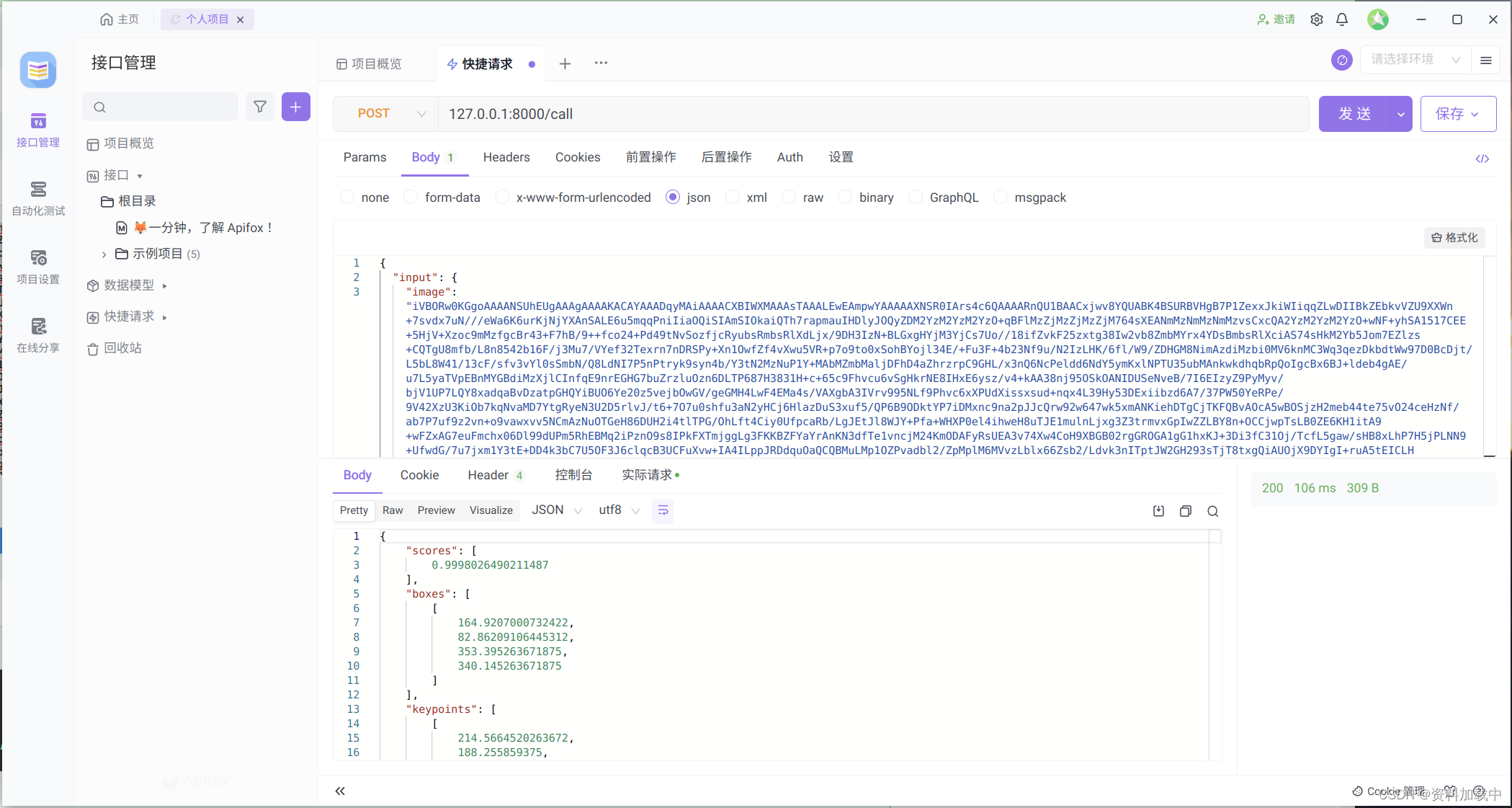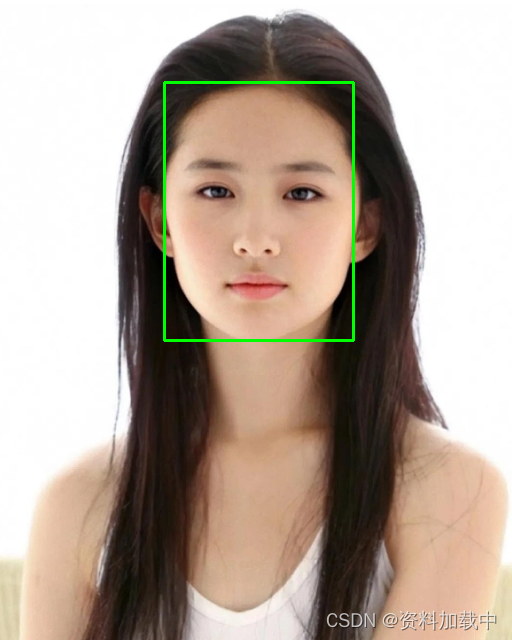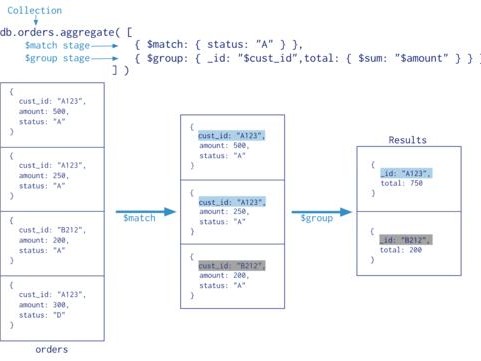前言
技术栈是Fastapi。
FastAPI 是一个现代、快速(基于 Starlette 和 Pydantic)、易于使用的 Python web 框架,主要用于构建 RESTful API。以下是 FastAPI 的一些优势:
-
性能卓越: FastAPI 基于 Starlette 框架,并使用 Pydantic 进行数据验证,因此具有出色的性能。它通过异步编程利用 Python 3.7+ 中的 async/await 特性,使其能够处理大量并发请求。
-
自动文档生成: FastAPI 自动生成交互式 API 文档(Swagger UI 和 ReDoc),让开发者能够轻松地查看和测试 API 端点,同时提供即时的反馈和文档。
-
强类型注解: FastAPI 使用 Python 的类型提示来定义 API,同时利用 Pydantic 模型进行请求和响应的验证,这提供了强大的静态类型检查和自动文档的支持。
-
自动验证: 使用 Pydantic 模型,FastAPI 自动验证请求的数据,并在数据不符合预期时返回错误。这有助于提高代码的稳健性和可维护性。
-
异步支持: 支持异步处理请求,可以使用异步函数来处理请求,使得 FastAPI 在处理高并发时表现出色。
-
便捷的依赖注入系统: FastAPI 提供了一个灵活的依赖注入系统,让你能够方便地注入和管理依赖项,使代码更加清晰和可测试。
-
WebSocket 支持: FastAPI 提供了对 WebSocket 的原生支持,能够轻松地实现实时通信。
-
易于学习: FastAPI 的语法和设计理念使其易于学习和使用,特别是对于熟悉 Python 的开发者。
安装modelscope
conda create -n modelscope python=3.8 conda activate modelscope pip install modelscope
激活虚拟环境
conda activate modelscope
server.py代码
import argparse
import uvicorn
from fastapi import FastAPI
from modelscope.server.api.routers.router import api_router
from modelscope.server.core.event_handlers import (start_app_handler,
stop_app_handler)
def get_app(args) -> FastAPI:
app = FastAPI(
title='modelscope_server',
version='0.1',
debug=True,
swagger_ui_parameters={'tryItOutEnabled': True})
app.state.args = args
app.include_router(api_router)
app.add_event_handler('startup', start_app_handler(app))
app.add_event_handler('shutdown', stop_app_handler(app))
return app
def add_server_args(parser):
parser.add_argument(
'--model_id', required=True, type=str, help='The target model id')
parser.add_argument(
'--revision', required=True, type=str, help='Model revision')
parser.add_argument('--host', default='0.0.0.0', help='Host to listen')
parser.add_argument('--port', type=int, default=8000, help='Server port')
parser.add_argument('--debug', default='debug', help='Set debug level.')
parser.add_argument(
'--llm_first',
type=bool,
default=True,
help='Use LLMPipeline first for llm models.')
if __name__ == '__main__':
parser = argparse.ArgumentParser('modelscope_server')
add_server_args(parser)
args = parser.parse_args()
app = get_app(args)
uvicorn.run(app, host=args.host, port=args.port)
任务一:人脸检测
python server.py --model_id damo/cv_resnet50_face-detection_retinaface --revision v2.0.2

访问http://127.0.0.1:8000/docs打开文档

- describe方法描述请求参数和输出形式
{ "schema": { "task_name": "face-detection", "schema": { "input": { "type": "object", "properties": { "image": { "type": "string", "description": "Base64 encoded image file or url string." } } }, "parameters": {}, "output": { "type": "object", "properties": { "scores": { "type": "array", "items": { "type": "number" } }, "boxes": { "type": "array", "items": { "type": "number" } }, "keypoints": { "type": "array", "items": { "type": "number" } } } } } }, "sample": null }-
call方法(是模型推理的入口)
-
两种请求方式(post)
-
curl方式(encode_base64表示图片转换为base64后的形式)
-
-
图片转换base64的链接可以使用在线转https://tool.jisuapi.com/pic2base64.html
curl -X 'POST' \ 'http://127.0.0.1:8000/call' \ -H 'accept: application/json' \ -H 'Content-Type: application/json' \ -d '{ "input":{"image":"encode_base64"}' -
face-detection_retinaface请求参数体(界面请求)直接使用fastapi界面请求或者使用apifox等
-
{"input":{"image":"encode_base64"}}请求结果

返回结果解释
{ "scores": [ 0.9998026490211487 ], "boxes": [ [ 164.9207000732422, 82.86209106445312, 353.395263671875, 340.145263671875 ] ], "keypoints": [ [ 214.5664520263672, 188.255859375, 303.5237121582031, 190.91671752929688, 256.9284362792969, 242.95065307617188, 223.42758178710938, 283.54241943359375, 287.28448486328125, 286.402587890625 ] ] }返回图像中人脸的分数,越大表示有人脸的可能性越大,boxes表示人脸的矩形框,左上角x,y坐标和右下角x,y坐标,keypoints返回左眼、右眼、鼻尖、左嘴角、右嘴角的坐标值x,y。
输入图片

根据boxes和keypoints画图
import cv2 # 读取图像 image = cv2.imread('0.png') # 定义矩形框的坐标和大小 x, y, x1, y1 = 164,82,353,340 w = 353-164 h = 340-82 # 画矩形框 cv2.rectangle(image, (x, y), (x + w, y + h), (0, 255, 0), 2) # 显示结果 # cv2.imshow('Rectangle', image) # cv2.waitKey(0) # cv2.destroyAllWindows() cv2.imwrite('0_rectangle.png', image)import cv2 # 读取图像 image = cv2.imread('0.png') radius = 5 # 点的半径 color = (0, 0, 255) # 点的颜色,通常使用BGR格式 thickness = -1 # 为了画一个实心圆,线条宽度设置为-1 keypoints = [214.5664520263672, 188.255859375, 303.5237121582031, 190.91671752929688, 256.9284362792969, 242.95065307617188, 223.42758178710938, 283.54241943359375, 287.28448486328125, 286.402587890625] print(len(keypoints)) for i in range(0,len(keypoints),2): cv2.circle(image, (int(keypoints[i]),int(keypoints[i+1])), radius, color, thickness) # 显示结果 # cv2.imshow('Point', image) # cv2.waitKey(0) # cv2.destroyAllWindows() cv2.imwrite('0_keypoints.png', image)

需要注意的是不同的任务请求体的内容不一样,需要明确每个任务的请求参数具体有哪些。
任务二:人脸融合
第二种任务,人脸融合,需要重启服务,将model_id和revision替换。
python server.py --model_id damo/cv_unet-image-face-fusion_damo --revision v1.3
此时访问http://127.0.0.1/docs
执行一下describe方法
{ "schema": { "task_name": "image-face-fusion", "schema": { "input": { "type": "object", "properties": { "template": { "type": "string", "description": "Base64 encoded image file or url string." }, "user": { "type": "string", "description": "Base64 encoded image file or url string." } } }, "parameters": { "type": "object", "properties": { "user": { "type": "object", "default": null } } }, "output": { "type": "object", "properties": { "output_img": { "type": "string", "description": "The base64 encoded image." } } } } }, "sample": null }input有两个参数,第一个是template,表示模版;第二个参数是user,表示用户的图片,最终的目的就是将用户的图片的脸替换到模版上
parameters参数一般使用默认的就行,不填,如果有特殊需求可自行尝试
output会返回一个换好脸图像的base64编码
请求体
{ "input": { "template": "base64_template", "user":"bas64_user" } }template

User

Ourput

参考链接:
https://github.com/modelscope/modelscope/blob/master/modelscope/server/api_server.py
-









